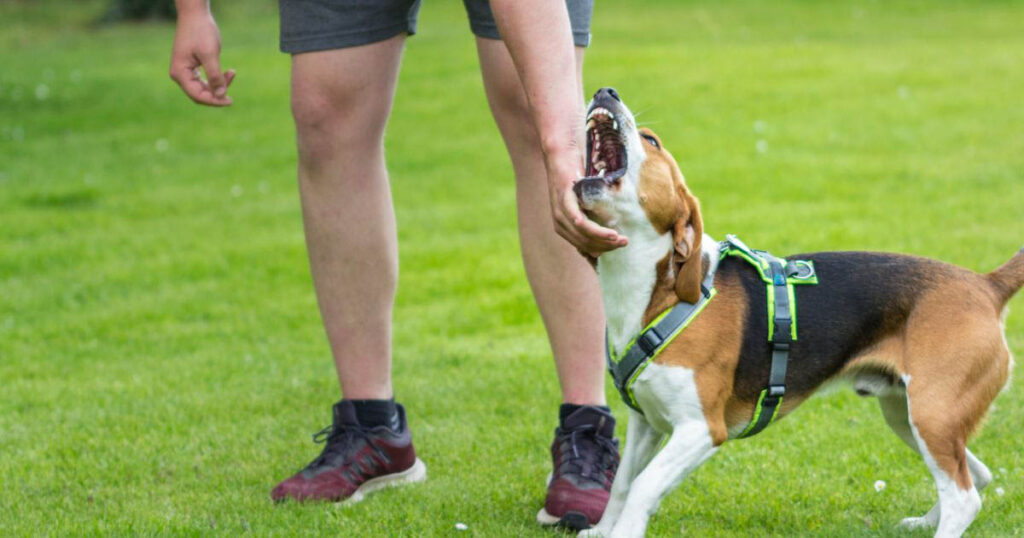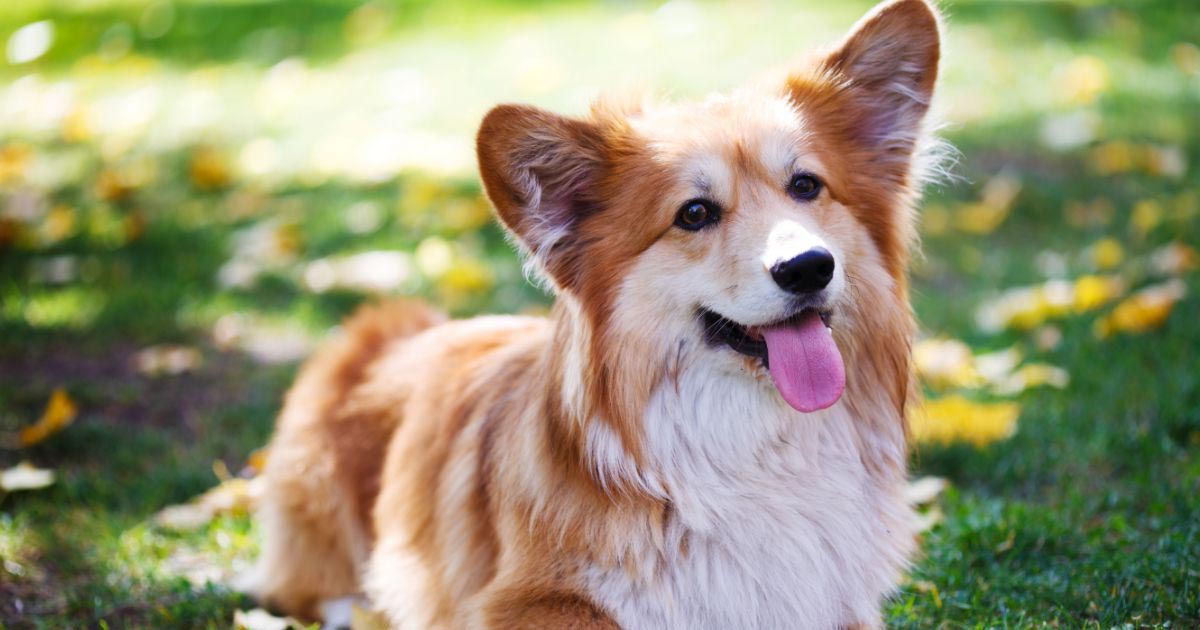Exploring Vocal and Non-Vocal Signs of Aggression in Dogs
Introduction
Aggression in dogs is a complex problem that can stem from fear, territoriality, source protection, or clinical issues. While aggression is an all-natural behavior in dogs, it can become problematic and possibly hazardous if not effectively handled. Acknowledging the indications of aggression and utilizing effective training methods are important in ensuring the well-being of your pet dogs and those around them. This is where Confident K9 uses extensive remedies for managing dog aggression.
Acknowledging Indications of Aggression
Recognizing the indicators of aggression is the first step toward addressing the issue. Aggressive behavior in dogs can manifest in numerous means, including:
1. Growling and Breaking: This is just one of the most typical indicators of aggression. Dogs may roar or snap when they feel endangered or attempt to assert supremacy.
2. Barking and Lunging: Dogs might bark aggressively and lunge towards people or other animals, particularly when on strolls or in unfamiliar circumstances.
3. Baring Pearly whites: When a canine reveals its teeth, it indicates aggression and a warning signal that must not be disregarded.
4. Rigid Body Movement: When feeling aggressive, dogs might display rigid body language, increased hackles, and a strained posture.
5. Biting: Aggressive actions can escalate to biting; otherwise, they are dealt with immediately. If your pet dog has attacked someone or displays a propensity for attacking, it’s necessary to look for expert help.
Training Techniques with Confident K9
Confident K9 supplies a variety of training techniques developed to properly attend to aggression in dogs. These techniques concentrate on favorable support, constructing depend on, and customizing behavior through constant training. Below are some key approaches:
1. Behavior Analysis: Confident K9 begins by performing a detailed behavioral analysis of the pet to identify the underlying causes of Aggression in Dogs. This aids in customizing the training program to attend to particular issues efficiently.
2. Favorable Support: Training with favorable reinforcement entails fulfilling desired habits with treats, appreciation, or playthings. This technique reinforces etiquette and motivates dogs to repeat it.
3. Desensitization and Counterconditioning: Desensitization entails gradually exposing the pet dog to the trigger of Aggression in Dogs in a regulated setting, while counterconditioning focuses on altering the pet’s psychological feedback to the trigger by associating it with something favorable.
4. Obedience Training: Fundamental obedience training, such as instructing commands like “rest,” “stay,” and “leave it,” can help develop limits and control over the pet dog’s behavior.
5. Consistency and Patience: Consistency is vital to successful training. Owners must remain personal and devoted to the procedure, as behavior adjustment requires time and initiative.
6. Administration Techniques: Confident K9 also offers proprietors monitoring strategies to stop scenarios that may trigger Aggression in Dogs, such as using a muzzle or leash in public setups.

Aggression in Dogs
Ensuring Your Pet’s Well-Being
At Confident K9, the best goal is to ensure the pet’s and its owners’ wellness. Owners can create a risk-free and unified setting for their pet dogs by attending to aggression via positive reinforcement and efficient training methods. Furthermore, looking for professional help from skilled fitness instructors can provide useful assistance and advice in managing Aggression in Dogs successfully.
Holistic Strategy for Training
Confident K9 takes an all-natural approach to training that goes beyond dealing with the symptoms of aggression to dealing with the underlying reasons. This involves developing an extensive training strategy that integrates behavioral adjustment methods, environmental management, and ongoing assistance for both the pet and its owners.
1. Behavior Modification: With positive support methods, instructors work to customize the pet dogs actions by satisfying calm, non-aggressive reactions to triggers. This might involve teaching behaviors incompatible with aggression, such as resting or concentrating on the proprietor.
2. Proprietor Education And Learning: Education and learning are essential to Confident K9’s method. Trainers work closely with owners to help them understand their dog’s behavior, recognize early warning signs of aggression, and find efficient communication and care for techniques.
3. Follow-Up Support: Training only finishes when the sessions are complete. Confident K9 offers continuous assistance and advice to guarantee that owners remain to strengthen positive actions and resolve any challenges.
Conclusion
Aggression in dogs is a major issue that requires cautious interest and proper management. Identifying the indicators of aggression and employing effective training techniques are important steps in addressing these habits. With Confident K9’s detailed strategy for handling aggression, owners can help their pet dogs overcome behavior challenges and lead satisfying lives.

